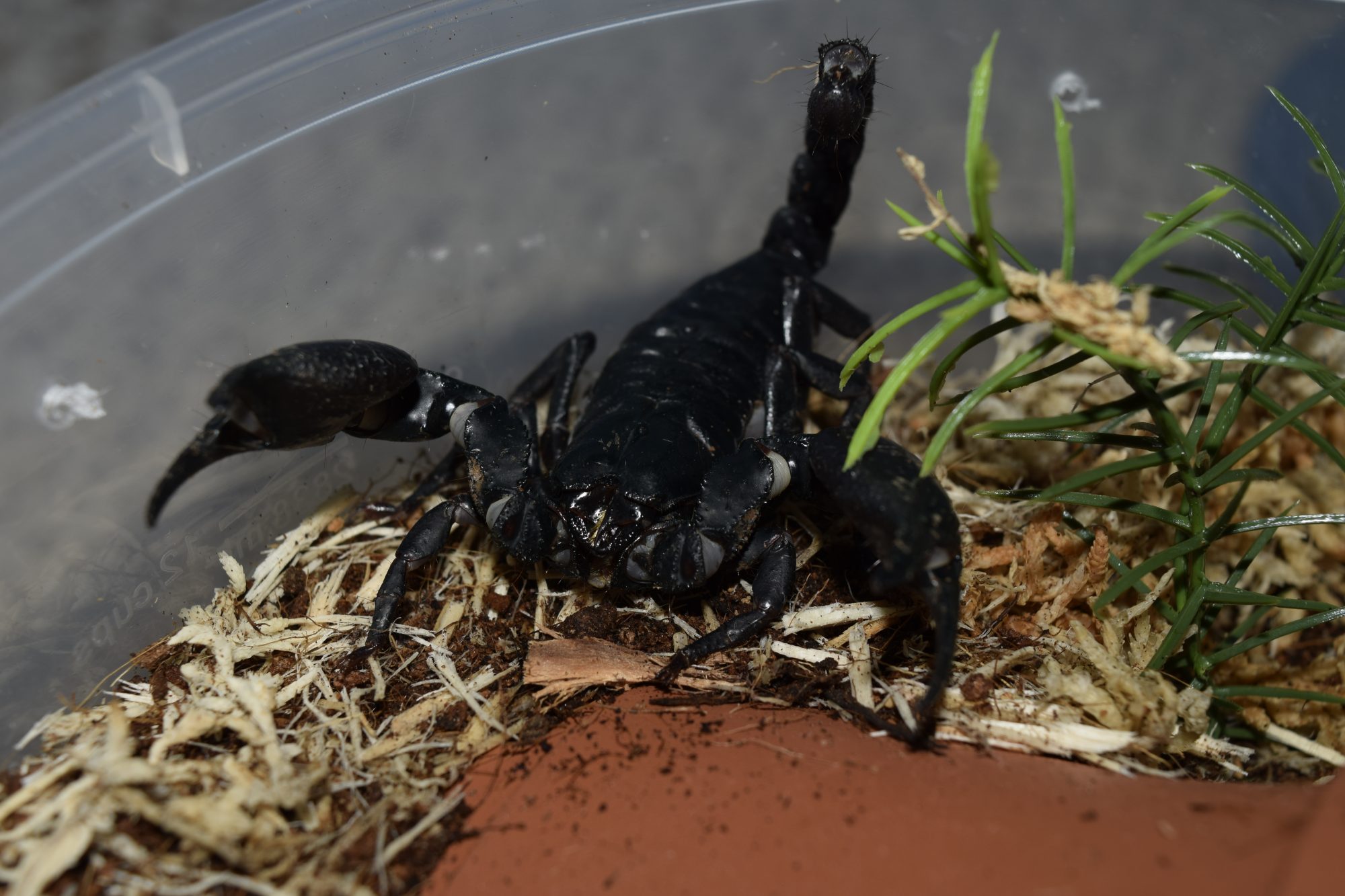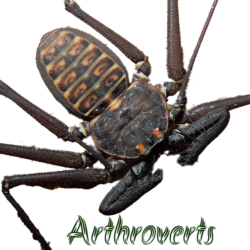“When unable to come up with an applicable name for your post, one option is to take a commonly-known phrase and redirect it to apply to your material. Puns, play-on-words, and other such linguistic ploys only help in this situation.”
Blogmaster Handbook, p. 293.
Now obviously, I just made that up, but it does seem very applicable for the title of this post.
Anyway, welcome once again! Short post today, but I shall reveal my much-speculated (not really) blatticomposting project.
What is blatticomposting? In a nutshell, it is basically composting with cockroaches. Not only is it faster than traditional composting methods, it is also exceedingly more efficient and hygienic than the similar vermicomposting, or composting with worms, as blatticomposting bins do not acquire a strong odor and will rapidly turn large amounts of leftovers into soil (quite unlike most worms which will take weeks to eat any large amounts of food). It is usually carried out with members of the genus Eublaberus, most often sp. “Ivory”, though for this project I decided to experiment with Eublaberus serranus, because A) I already have E. sp. “Ivory”, and B) The E. serranus were a lot cheaper. Those of you who know me well enough will realize option B had a disproportionate effect on my decision.
Anyway, after months of attempting to get this off the ground, I finally worked it out. The 119-something (ordered 100) specimens I received from The Invert Shop all arrived safe and sound, and they went straight into their enclosure upon arrival. For this project I decided to go with a bucket cage, which is exactly what it sounds like: a 5 gallon gasket-seal bucket. I did not drill ventilation holes, mainly because I was simply too busy to deal with it at the time, so the lid isn’t fully screwed on at any time; thankfully this species is incapable of climbing smooth surfaces and isn’t arboreally-inclined as it is. Two heat pads were taped to the sides of the bucket to provide heat, as I got these back in the frigid winter months, though I have since removed them as the temperatures in the room the roaches are kept in has climbed a full 10 degrees Fahrenheit to the 77-78F range. I originally was using a substrate made up of coco fiber, filled up to about 4-5 inches from the bottom, with a medium-sized branch sticking up out of it as the adults need space to escape the ever busy juveniles. However, I learned the hard way that a full piece of melon can turn a gallon of substrate into a perfect, anaerobic swamp. As I don’t keep swamp invertebrates (yet) I pulled the roaches out, which had collected in the upper regions of the enclosure, and threw the substrate out. I also discovered that in this process the lower portion of the branch had rotted (helped along by the gnawing of the juvenile roaches) from the excess moisture, and broken off.
After removing the offending substrate, I replaced it with a mix of coco fiber, aspen shavings, and some rotting leaves; a month or so into this and the shavings and the leaves have rotted/been eaten, which is what I had anticipated. The branch, though significantly smaller, went back in, and has fared better than its other half insofar.
Food has consisted of vegetable and fruit table scraps, as well as more typical fare, like dog food, and some more unusual items, such as scrambled eggs and old oatmeal, which though eaten completely, were not received with as much gusto as I thought they would be. I taped a piece of paper to the side of the bucket to help keep track of what food went in, how many individuals were left, etc., but my record keeping has completely failed on this front.
The summer warmth has meant though that quite a few specimens have molted out to adulthood, though they are less colorful as adults than I originally anticipated. Not the best pictures below, these fellows can be a pain to photograph as they try to get back down into the substrate. Any movement of the bin inevitably sends them scurrying back into their dens as well, so pictures of them in the enclosure need to either be done rapidly or gotten by leaving the lid off and throwing food in.

Adult specimen. The adults will walk-run frantically around your hand in a bid to escape.
Video of the emergence…surprisingly not as riotous as I thought it would be. Then again, oatmeal isn’t a particularly exciting food for any of the roach species I’ve kept (just like some people in that regard I guess!).
And that’ll do it for now! I’ll catch y’all next time. I have a very special post coming up, so stay tuned!
Thanks,
Arthroverts

